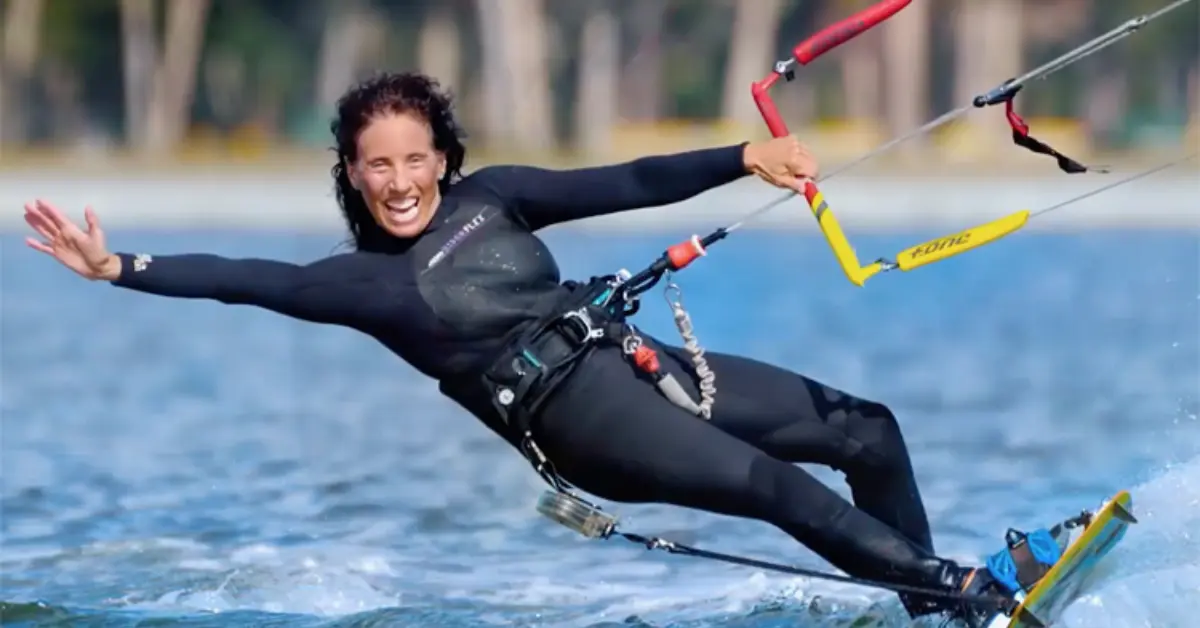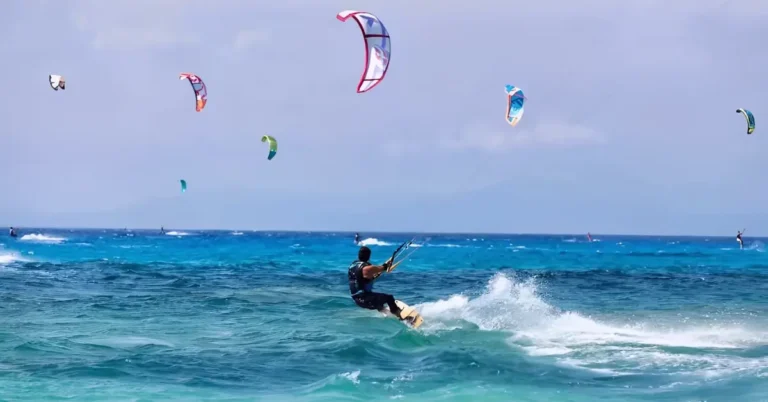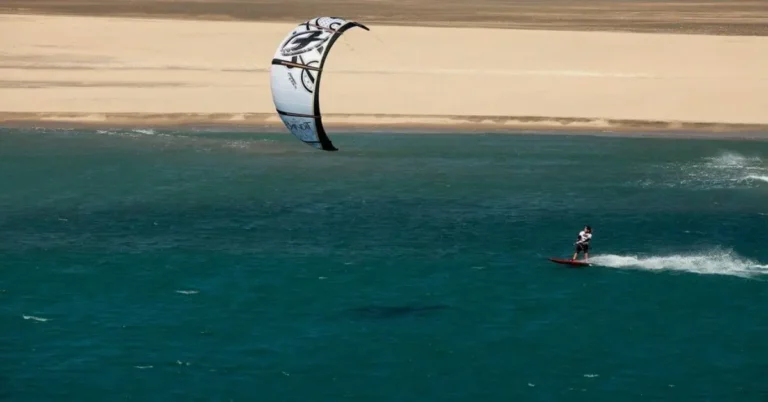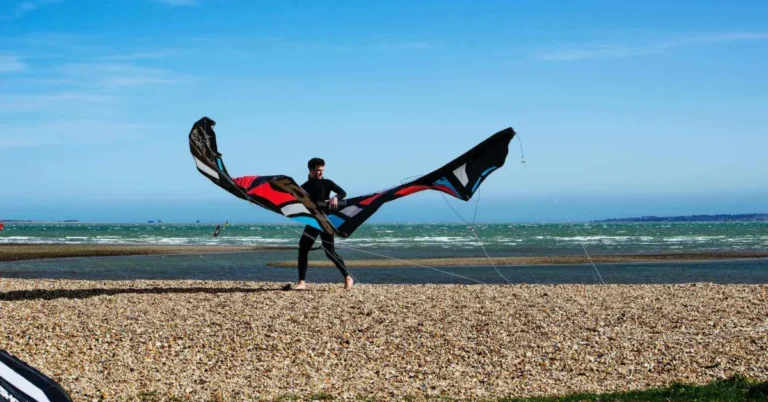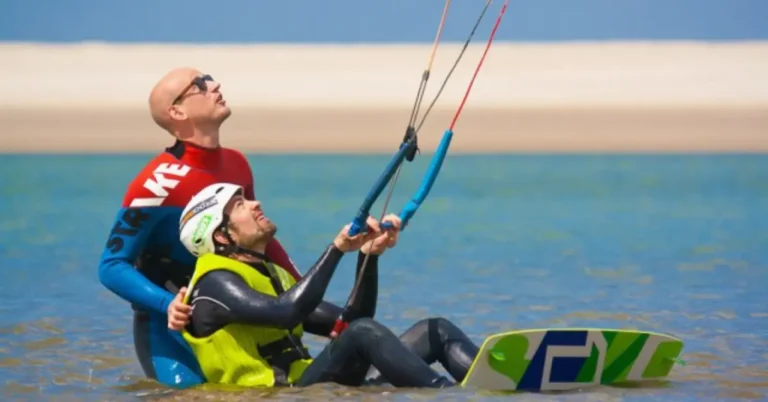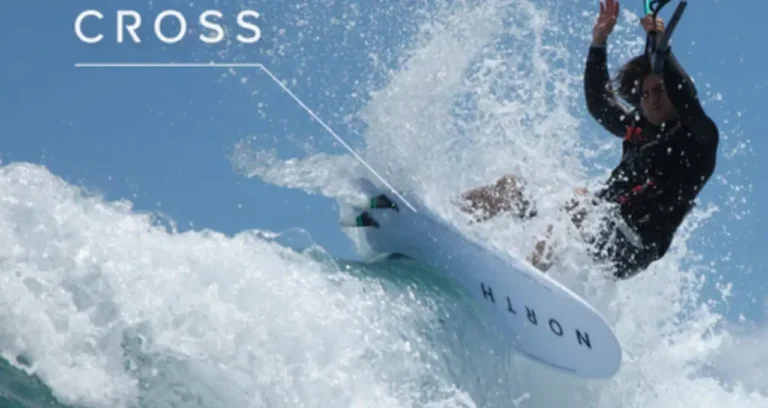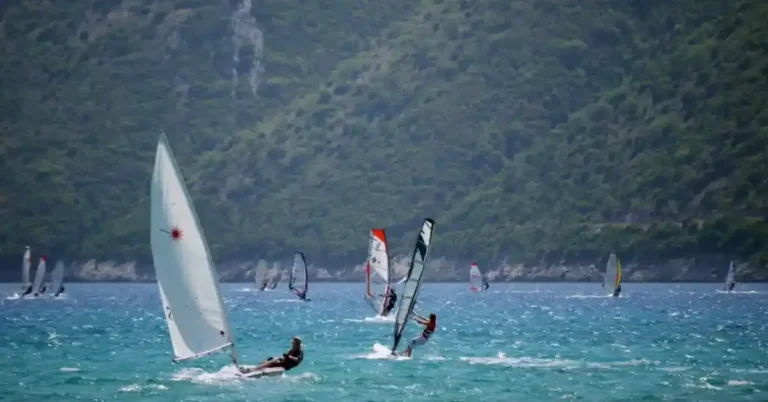What to Wear For Kitesurfing
Choosing the proper attire for kitesurfing is essential for comfort and enjoyment. Your clothing depends on weather, season, and personal preference. The right gear ensures you stay safe and happy on the water. Whether a wetsuit for colder temperatures or board shorts for warmer days, each item enhances your kitesurfing experience.
This guide offers valuable insights to help you select the right gear, ensuring you’re well-prepared and adequately equipped for your kitesurfing adventures. So, let’s dive in and discover what to wear for kitesurfing to maximize your fun and comfort!
Also Read: Cost to Start Kitesurfing
Kitesurfing equipment you will need
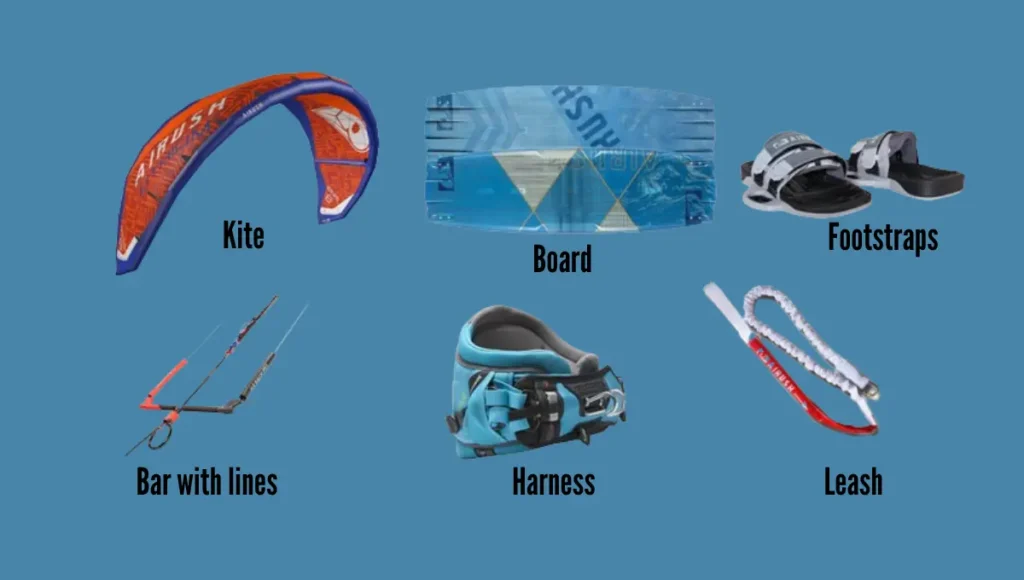
Knowing what to wear when kitesurfing is essential for a great time. It depends on the season, weather, and the type of kiting you’re into. Your preferences matter a lot, too, because you want to feel comfy out there.
Here’s a simple guide to help you pick out what you need:
Warm weather kiting – what to wear
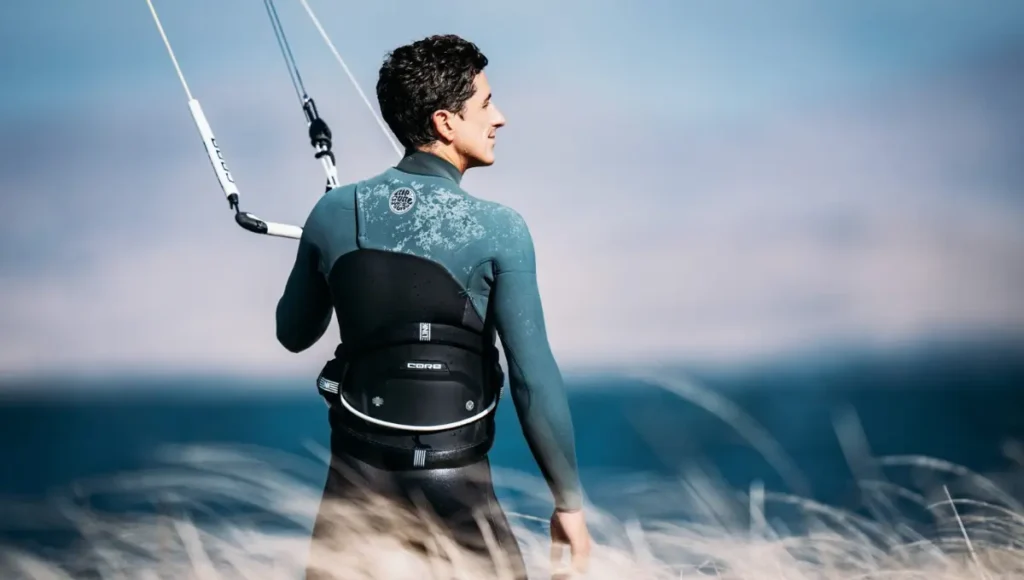
When kitesurfing in warm weather, choosing the proper attire is crucial for comfort and safety. While preferences may vary, it’s essential to consider a few key factors. A rashguard or boardshorts can provide protection from the sun and water without adding extra bulk.
Additionally, wearing sunscreen, sunglasses, and a hat helps shield against UV rays. Remember to stay hydrated and choose gear that allows for freedom of movement while ensuring proper protection from the elements. Ultimately, prioritize your comfort and enjoyment while kitesurfing in warm weather.
Cold weather kiting – what to wear
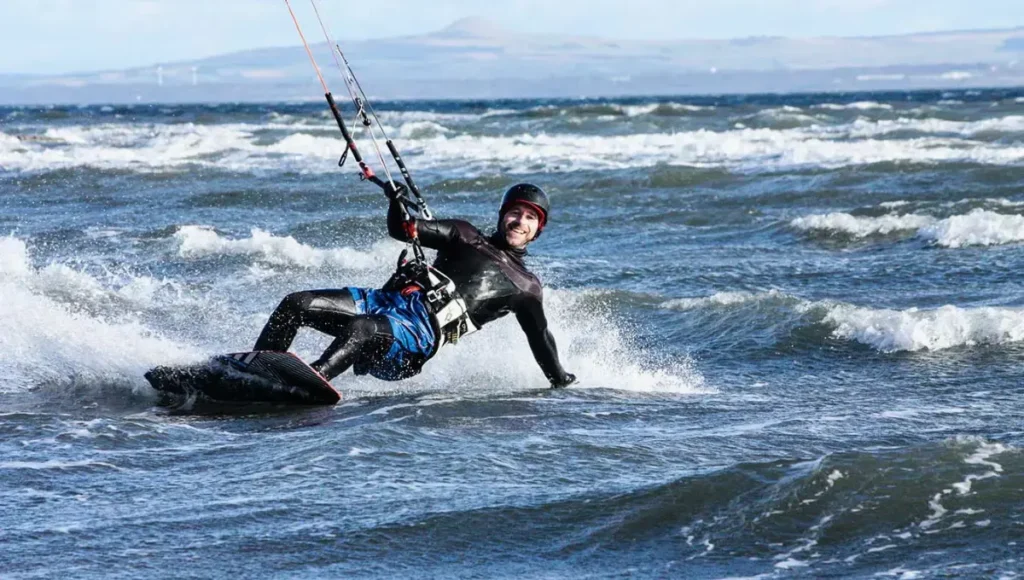
Kitesurfing in cold conditions requires extra layers for insulation and protection from wind and water. A thick, full wetsuit is essential to maintain core body temperature. Neoprene boots, gloves, and a hood are also necessary to seal in warmth. Wear multiple thin layers of tops like a rashguard, fleece, and waterproof/breathable top rather than one thick layer for flexibility.
Waterproof trousers will keep your legs warm and dry. Bring extra dry layers like a fleece and waterproof/breathable shell for afterward. Protect your head from heat loss with a beanie hat under your helmet. Wear polypropylene or wool socks and mittens rather than cotton, which loses insulating ability when wet. Multiple dry gear changes are vital in avoiding hypothermia once off the water.
What muscles does kitesurfing work?
Kitesurfing involves a comprehensive workout engaging multiple muscle groups simultaneously. Key muscles targeted during kitesurfing include:
How to Turn Kitesurfing
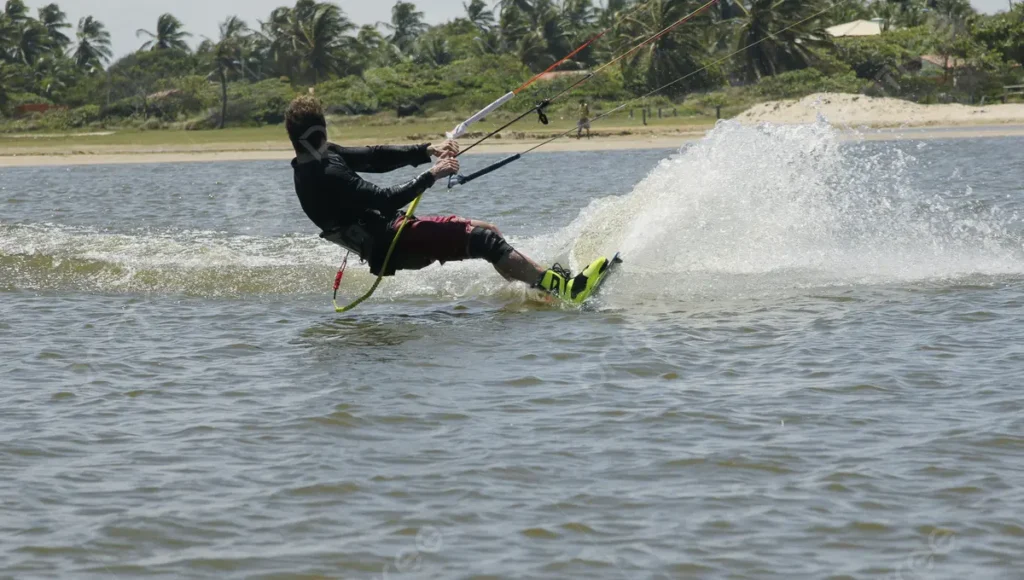
Turning while kitesurfing involves a combination of techniques and skills. Here’s a step-by-step guide:
What features should a harness possess for kitesurfing?
A harness for kitesurfing should have several essential features to ensure comfort, safety, and optimal performance. These features include
Frequently Asked Questions
Conclusion
Selecting the appropriate attire for kitesurfing is crucial for both enjoyment and safety on the water. Consideration of factors such as weather conditions, personal preferences, and equipment compatibility ensures a comfortable and fulfilling kitesurfing experience.
Whether choosing the right wetsuit or rashguard for temperature regulation, donning a suitable harness for control and stability, or providing adequate sun protection with sunscreen and sunglasses, each aspect contributes to a successful outing.
By prioritizing comfort, functionality, and safety, kitesurfers can maximize their time on the water and fully embrace the thrill of this exhilarating sport.
